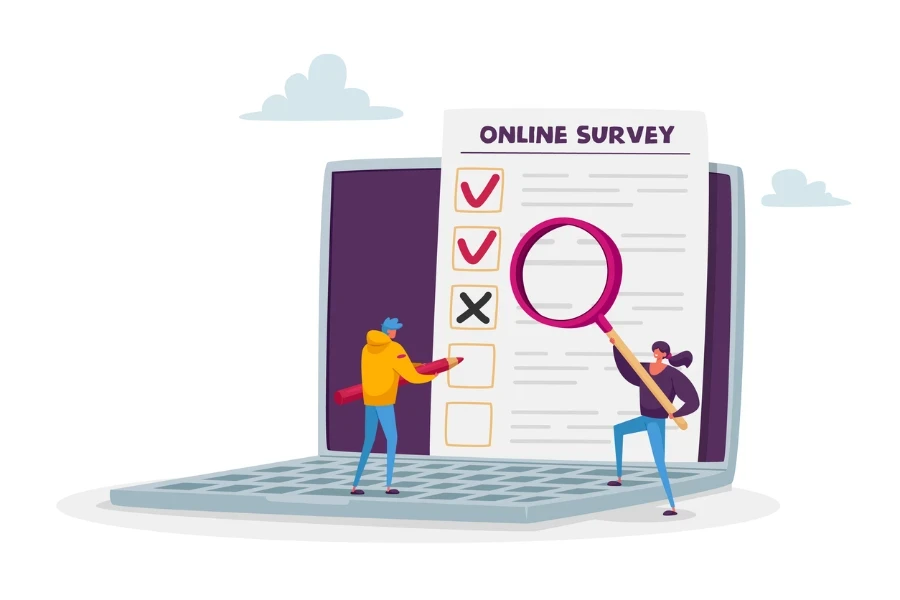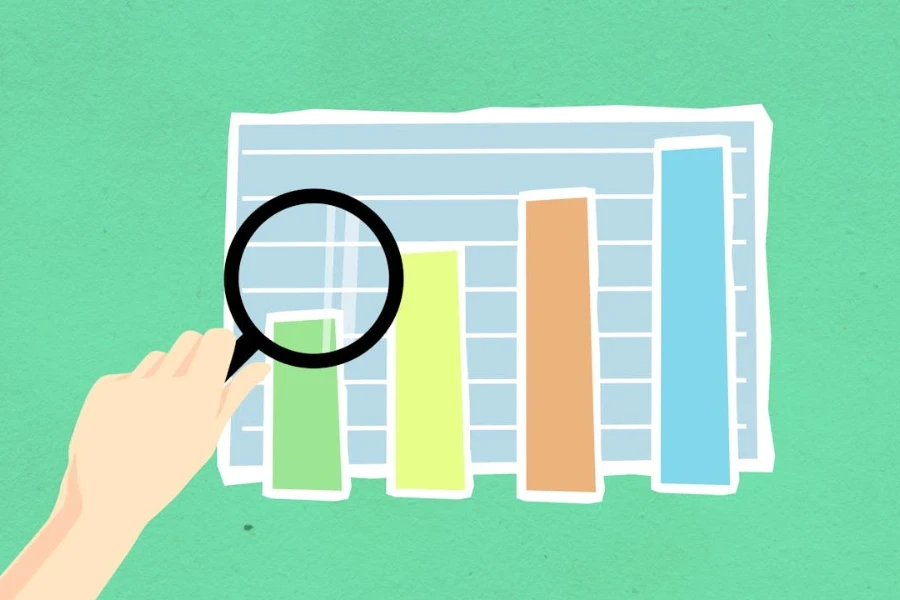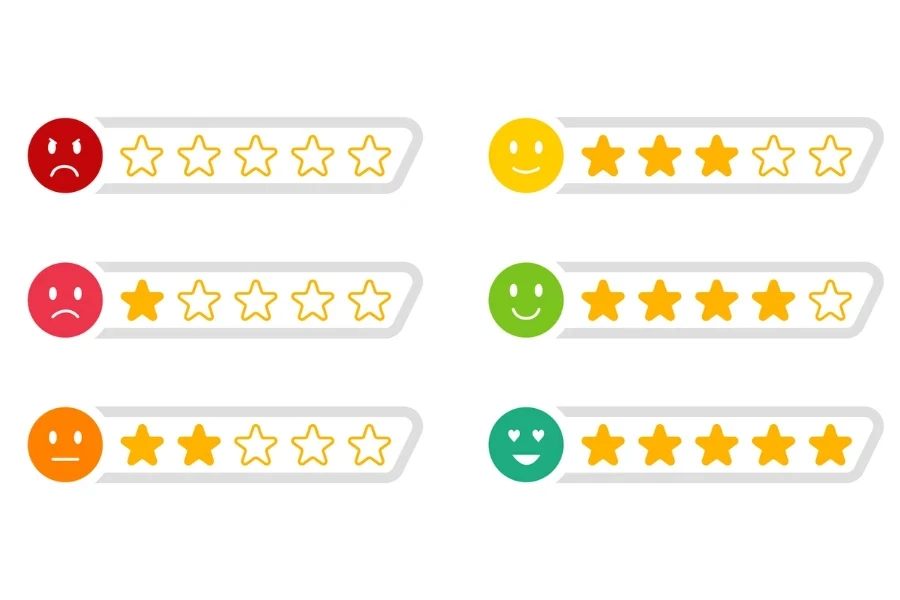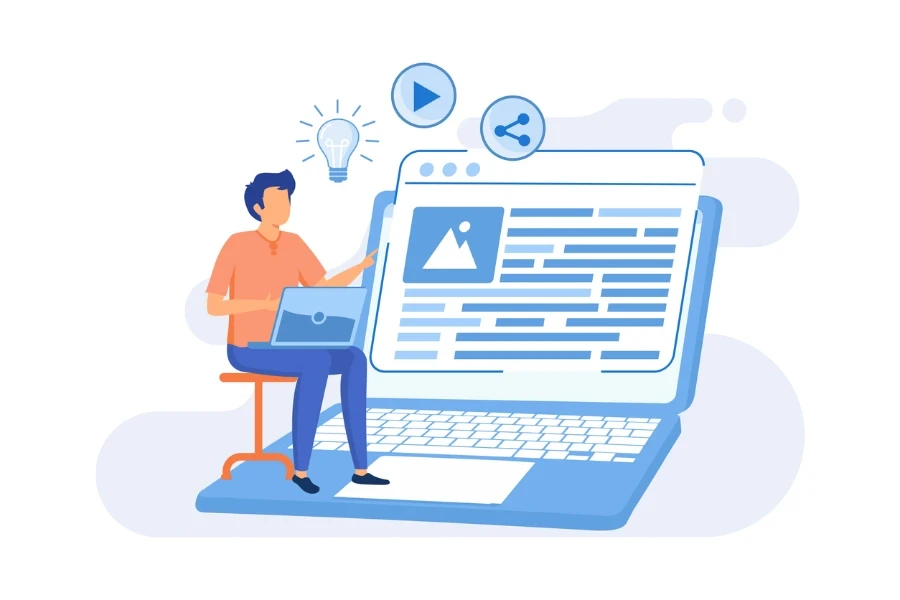In modern marketing, understanding your audience isn’t just beneficial; it’s essential. Among the many tools marketers use to navigate and understand their target audience, creating and applying a “buyer persona” is pivotal. But what exactly is a buyer persona, and why is it so crucial for businesses aiming to reach their target audience effectively? That’s what we are here to talk about.
Table of Contents
Defining the buyer persona
The importance of a buyer persona in marketing
Creating your buyer persona: Step-by-step guide
Final thoughts
Defining the buyer persona
A buyer persona is a semi-fictional character that represents your ideal customer based on market research and actual data about your existing customers. It encompasses your target audience’s demographics, behavior patterns, motivations, and goals. Typically, a business might have several buyer personas, each encapsulating a different segment of its market.
This persona goes beyond basic demographics. It dives into psychographics, such as the customer’s motivations, preferences, and buying behaviors. By crafting a detailed buyer persona, marketers can better understand who they are selling to and, more importantly, why their audience buys.
The importance of a buyer persona in marketing
We know that buyer personas are effective; here’s why:
- Enhanced targeting and personalization: At its core, a buyer persona improves your ability to tailor your marketing efforts. With a deep understanding of your persona’s fears, hopes, challenges, and desires, you can create marketing messages that resonate more deeply. Personalization isn’t just about addressing a customer by name in an email; it’s about aligning your messages with the intrinsic motivations and needs of your customer base. This leads to more effective and impactful marketing across all channels.
- Improved product development: Buyer personas are not only useful for marketing but are also invaluable in product development. Understanding what drives your customers helps you design products that genuinely meet their needs and exceed their expectations. This alignment between product offerings and customer preferences can dramatically increase customer satisfaction and loyalty.
- More efficient media planning: Knowing who your customers are helps determine where to find them. Buyer personas include information about the media habits of your ideal customers, which can guide your decisions about where to invest your advertising dollars. Whether it’s a particular social media platform, a type of magazine, or a specific online community, understanding your personas helps ensure that your marketing budget is spent in the right places.
- Better customer retention: By continuously meeting the needs and addressing the pain points of a well-defined buyer persona, businesses can improve customer retention. Satisfied customers are more likely to become repeat buyers and can become brand ambassadors, spreading the word about your products or services through word-of-mouth and social media endorsements.
- Streamlined internal communication: Buyer personas also help internal teams align on strategy. When different departments understand the buyer persona, they can better work together to create a cohesive customer journey. Everyone knows who they are targeting, from sales to customer service to marketing, which enhances consistency and efficiency.
Creating your buyer persona: Step-by-step guide
Creating a buyer persona involves systematically gathering, analyzing, and applying information about your ideal customers. Let’s break down the process:
Step 1: Gather data

First, start by gathering data on your customers (or potential customers). Here are some things to consider when it comes to data collection:
- Sources of data: Start with the data you already have, including customer databases, website analytics, social media insights, and CRM reports. Beyond your data, you can gather insights through surveys, interviews, and focus groups. For instance, according to a HubSpot report, 55% of marketers use website analytics to gather data on their target audience, and 31% conduct audience surveys annually.
- Types of data:
- Quantitative: Collect demographic and behavioral data, such as age, location, income, buying patterns, and product preferences.
- Qualitative: Delve into psychographics by interviewing customers to understand their lifestyles, values, challenges, and motivations. Questions like “What is your biggest challenge when purchasing fitness apparel?” can provide deep insights.
The goal is to gather as much information as possible about your customers—who they are, their motivations, and their purchasing decisions.
What does this data look like? Suppose you’re a fitness apparel company. Your website analytics might show that a significant portion of your site visitors are women aged 20–35 who engage with content about yoga and wellness. This information tells us a lot about who the customers are and how to market to them.
Step 2: Analyze the data

The next step is to look at the data and turn it into a persona. A large amount of data can be overwhelming, but you’re looking for common characteristics and trends. For example, you might find many customers in your target group participate in community sports and prioritize sustainability in purchasing decisions.
Tools like Google Analytics, Facebook Insights, and customer feedback platforms can provide an array of data points to analyze customer behavior and preferences.
Depending on the diversity of your customer base, you might need to create multiple personas. For instance, you might have one persona for “Yoga Enthusiast Emily” and another for “Marathon Runner Mark,” each with distinct characteristics and needs.
Having more than one buyer persona helps your business target specific audience segments in your marketing efforts.
Step 3: Create detailed personas

Include the following in each persona:
- Name and photo: Gives a personal touch.
- Demographics: Age, occupation, education level.
- Psychographics: Goals, values, hobbies, lifestyle.
- Challenges and pain points: Specific obstacles they face in relation to your market.
- Buying motivations: What drives their purchase decisions?
- Media consumption: Preferred media and communication channels.
Example:
- Persona: Yoga Enthusiast Emily
- Demographics: Female, 28 years old, urban, professional in tech, single.
- Psychographics: Values health and wellness, spends free time in yoga studios, and follows eco-friendly practices.
- Challenges: Finds it hard to locate stylish, sustainable, and functional yoga wear.
- Buying motivations: Seeks products from brands that advocate for sustainability.
- Media consumption: Active on Instagram and Pinterest, follows wellness bloggers, and listens to health-focused podcasts.
Step 4: Apply your personas

Once you have created your personas, it’s important to use them to tailor your marketing strategies. For example:
- Targeted advertising: Create Instagram ad campaigns featuring influencers that Emily admires and focus on sustainability and style in fitness apparel.
- Product development: Considering Emily’s needs, you might develop a new line of eco-friendly yoga wear that combines functionality with modern aesthetics.
- Content marketing: Create blog posts, videos, and podcasts about yoga, wellness, and sustainable living that draw in and engage this audience.
Final thoughts
Buyer personas are more than just customer profiles; they are a foundational element of effective marketing, product development, and customer engagement strategies. By creating detailed buyer personas, businesses can ensure they not only meet but exceed their customers’ expectations, leading to better business outcomes.
Whether you’re crafting a new marketing campaign or developing the next big product, start with your buyer persona and build from there.




